When millions of rural Chinese men are desperate for a wife

"There are very few girls in the village, and they're all other people's wives. My son just can't find a wife!"
When 52-year-old Auntie Li (pseudonym) hears that a reporter has come to the "strawberry village" in northern Jiangsu where she lives, she is wary at first and unwilling to say much. But when the subject of the marriages of her two sons is brought up, the anxious woman immediately opens up.
There are few people in the village, and most of those working in the strawberry fields are villagers in their 50s and 60s. After walking around for about 20 minutes, only two women in their 20s or 30s poke their heads out to weigh me up.
Auntie Li reveals that the young people of the village generally go to the cities to work, and only young women who marry into the village stick around. Auntie Li is envious to see these other families with daughters-in-law.
Severe gender imbalance hits rural areas
Since the implementation of family planning policies in the 1980s, gender imbalance has become a prominent problem in Chinese society, and less developed villages have been the hardest hit. Men born in the 1980s and 1990s, such as Auntie Li's sons, stand at the front line of the singles crisis.
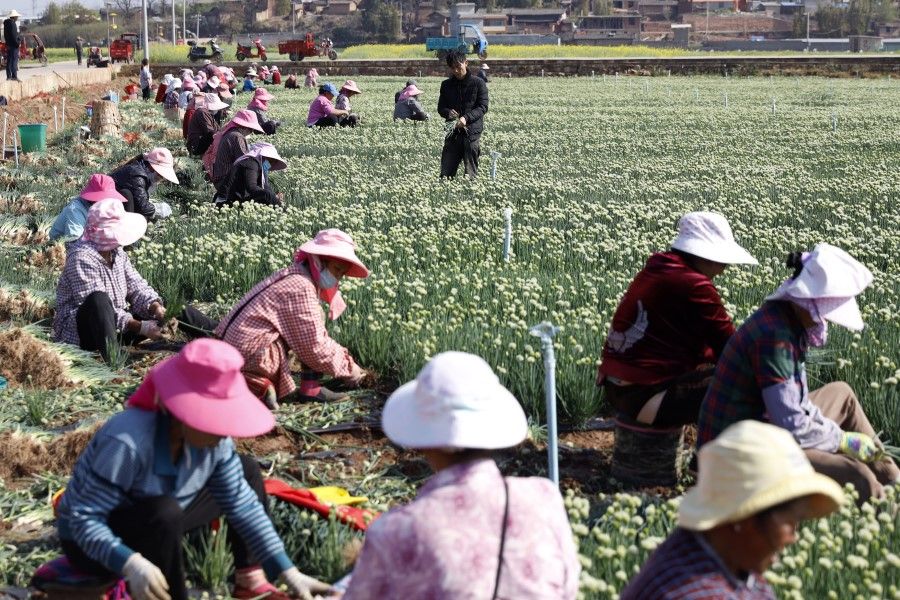
In the book Gender Imbalance and Marriage Squeeze in China (《性别失衡与婚姻挤压》) by Professors Jiang Quanbao and Li Shuzhuo of the Faculty of Population and Development Studies at Xi'an Jiaotong University, the sex ratio (calculated based on the number of male births for every 100 female births) in China was on the rise between 1980 and 2010, from a relatively normal level of 107.40 in 1980 to 111.45 in 1990, and then hovering around a peak of about 120 from 2004 to 2010. This means that for every 100 female babies born in 2010, there were about 20 more male babies born.
The gender imbalance is particularly acute in the eastern and central provinces, especially in the villages. For example, the urban sex ratio in Jiangsu province in 1990 was 111.42, which was 1.49 percentage points higher than the national figure, whereas the rural sex ratio was 115.62, which was 3.79 percentage points higher than the national figure.
"Women now are better educated with a higher standard of living. You can't entice them back to the village with simple incentives." - 28-year-old driver Xu (pseudonym) from a village in northern Jiangsu
On our way out of the village, the 28-year-old driver Xu (pseudonym), who comes from a nearby village, and the 45-year-old guide Liu (pseudonym) tell me that there are about 800 people in the villages in the area, with the men born in the 1980s and 1990s outnumbering the women by nearly 40 men.
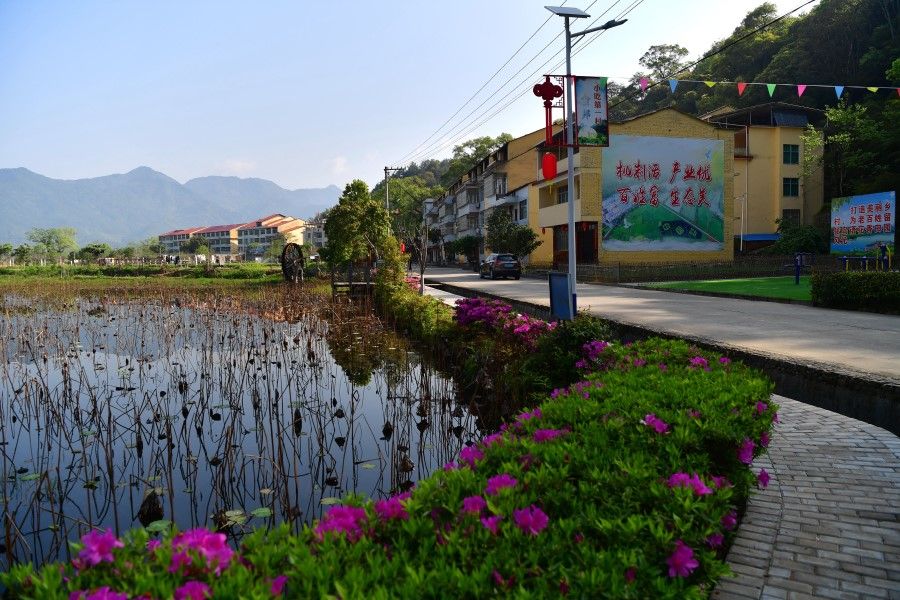
Xu goes on to share his story. After graduating from junior high school, Xu found work in a first-tier city. In 2019, he decided to move back to the village. After working alone for years in a big city, he felt the disadvantage of rural men in the marriage market upon his return.
Currently, Xu repairs roads in town and earns a monthly salary of 8,000 RMB (US$1,250), which puts him in the upper-middle income bracket in his village. However, he says frankly that this salary is still "unattractive" for many women. "Women now are better educated with a higher standard of living. You can't entice them back to the village with simple incentives," he adds.
Traditional values pressuring young people
Although Xu was born and raised in a village, he has been influenced by city culture. He bears similar values towards marriage as the young city people and likes the freedom of single life. However, in highly traditional villages, marriage is not a choice, but a matter of course.
Last year, under pressure from his parents who made the matchmaking arrangements, Xu married a 23-year-old woman from a neighbouring village. Xu shakes his head when I ask what joys he finds in his new marriage.
He says candidly, "Both my wife and I didn't want to get married. But in the village, people always have to start a family and have children."
Liu chimes in, "In the village, everyone knows whose children are not married. If they're still single by the age of 22, people will definitely talk about whether there is any problem with the family."
Rural women marry to change their lives
Soon after they turn 20, the young men and women in villages go through a "rite of passage". They start looking for marriage partners, but this is also when most of them start leaving the village to work in the big cities. Liu's daughter turns 22 this year, and he says that she will be looking for a job in Xuzhou city.
For the men in the village, their potential "rivals" are not just men in the village, but also those in the big cities who come from other provinces and are more well-off.

Prof Jiang tells Zaobao that for many village women, marriage is the primary means of changing their lives. Most of them marry up - moving from the mountain areas to the plains, from the villages to towns and cities, and from the poorer classes to the richer.
Since the 1980s, China's population has become much more mobile. The 2020 census shows that China's floating population (those who live in places other than that stated in their household registration) numbers nearly 376 million people, of which almost 125 million move across provinces.
Prof Jiang notes that women from poor areas generally move away to look for work and get married, exacerbating the gender imbalance between men and women of marriageable age in the less developed areas.
Over 20 years of rampant trade in women, trade routes have formed. The main sources of women are the poor mountainous areas of Yunnan, Guizhou and Sichuan...
In the 1980s and 1990s, women trafficking and agents facilitating cross-province bride trafficking were common practices in China. Some less well-off village men who were "hard to marry" devised a strategy to marry poorer non-local women, says Prof Jiang. But when there is a large-scale demand for such marriages from in and out of town and the marriage agents profit from it, the trade of women becomes the main mode of achieving marriage. In some extreme cases, if the woman does not want to get married because she finds out that the man is poor, then the sale becomes abduction and trafficking.
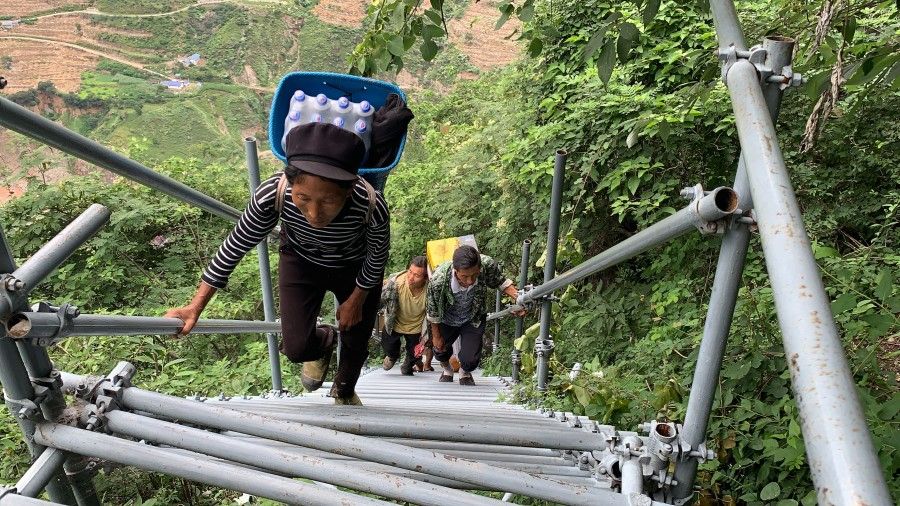
Over 20 years of rampant trade in women, trade routes have formed. The main sources of women are the poor mountainous areas of Yunnan, Guizhou and Sichuan. From here, the scouts may move along the railway eastward to Xuzhou and Zhengzhou, then go either south to Guangdong and Fujian, or north to Henan and Shandong.
In the 21st century, the trade of women is extremely rare, but women's migratory patterns have been fixed. Xu says that besides women from nearby villages, only women from poor regions such as Yunnan, Guizhou and Sichuan are willing to marry into the villages here.
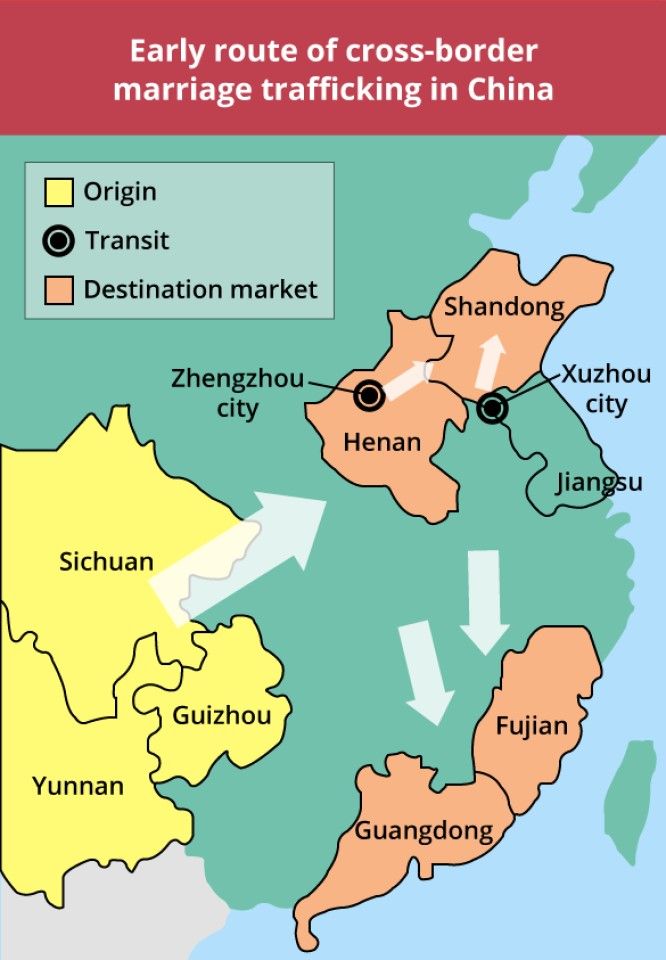
In February last year, the Chinese Communist Party (CCP) announced that country's eight-year effort in poverty alleviation was successful, with 832 counties and 128,000 villages no longer categorised as poor. In northern Jiangsu, there is a visible improvement in rural living standards - the scattered old brick houses along the road, form a stark contrast with the new concrete buildings.
As for whether this has helped the men in the village to attract wives from other provinces, Xu's answer is surprising.
He says, "There are fewer and fewer wives coming from other poor areas. Everyone's standards of living have improved and these women do not have to go so far to get married. Now, most of us can only get to know women from nearby villages, and it is even harder to find a wife that way."
Hot topic at the Two Sessions
Cracking down on the abduction and trafficking of women became a hot topic at this year's Two Sessions (meetings of the Chinese People's Political Consultative Conference and the National People's Congress). Over 15 delegates expressed their opinions about the topic, drawing widespread attention to the rescue of and follow-up assistance for the abducted women.
The trafficking of women was widespread in the 1980s and 1990s. According to a notice released in 1986 on resolutely combating the crime of abduction and trafficking of women and children (《关于坚决打击拐卖妇女儿童犯罪活动的通知》), 2,228 women were trafficked in the Guangxi Zhuang Autonomous Region between February 1985 and November 1986 alone.
Following harsher measures from the authorities, improved standards of living in rural areas and increased legal awareness among the rural population, incidences of women trafficking reduced significantly in the 21st century.
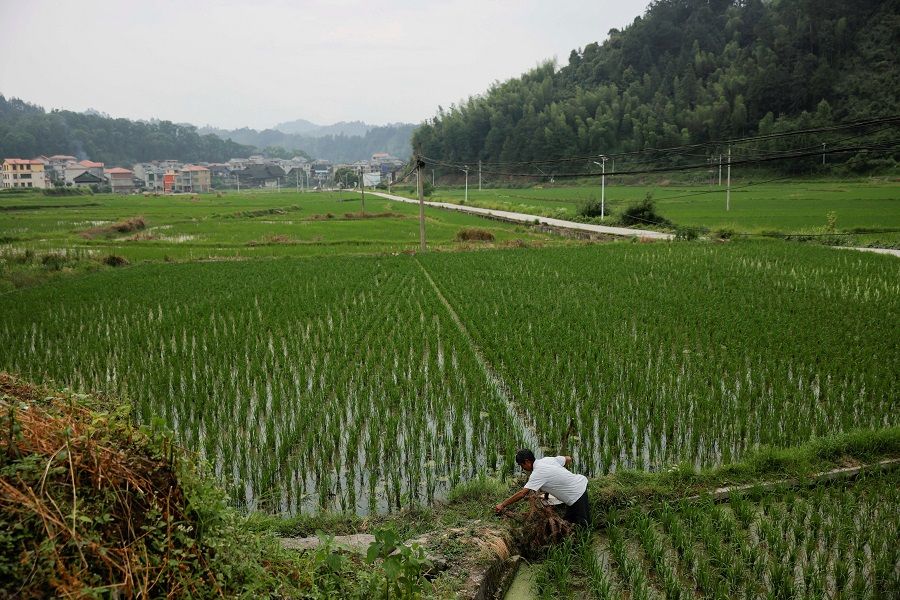
In his paper on the characteristics, causes and countermeasures of human trafficking in Sichuan (《四川拐卖人口犯罪的特点、原因及对策》) published in 1989, academic Xia Chengfu notes that in 1988, 10% of all convicted cases in Sichuan province were related to human trafficking, second only to thefts. In some regions, human trafficking even accounted for over 50% of all cases.
In 2007, the State Council's General Office issued China's 2008-2012 National Plan of Action on Combating Trafficking in Women and Children (《中国反对拐卖妇女儿童行动计划》), marking the official launch of China's first national anti-human trafficking plan.
Following harsher measures from the authorities, improved standards of living in rural areas and increased legal awareness among the rural population, incidences of women trafficking reduced significantly in the 21st century. Statistics from the work report of the Supreme People's Procuratorate released at the National People's Congress show that people charged with the trafficking of women and children dropped to 1,135 in 2021 from 14,458 in 2000, with an average annual decline of 11.4%.
However, numerous human trafficking cases that occurred 30 to 40 years ago have left long-term social problems in rural areas. Many women who were trafficked to rural villages in the past continue to live with their buyers.
Harsher measures on offenders and more assistance to victims
At this year's Two Sessions, suggestions on the crackdown on the trafficking of women and children largely went along two tracks. One, imposing harsher punitive measures with deterrence in mind. This includes meting out equal penalties for both buyers and sellers and even imposing the death penalty on the buyers of trafficked women and children. Two, resolving past cases and strengthening follow-up assistance to the victims, including checking back on crimes committed 20 years ago and having the marriages of the victims annulled.
Oftentimes, when former victims return home, they not only have to endure the pain of separating from their children but also the difficulties of making a new living.
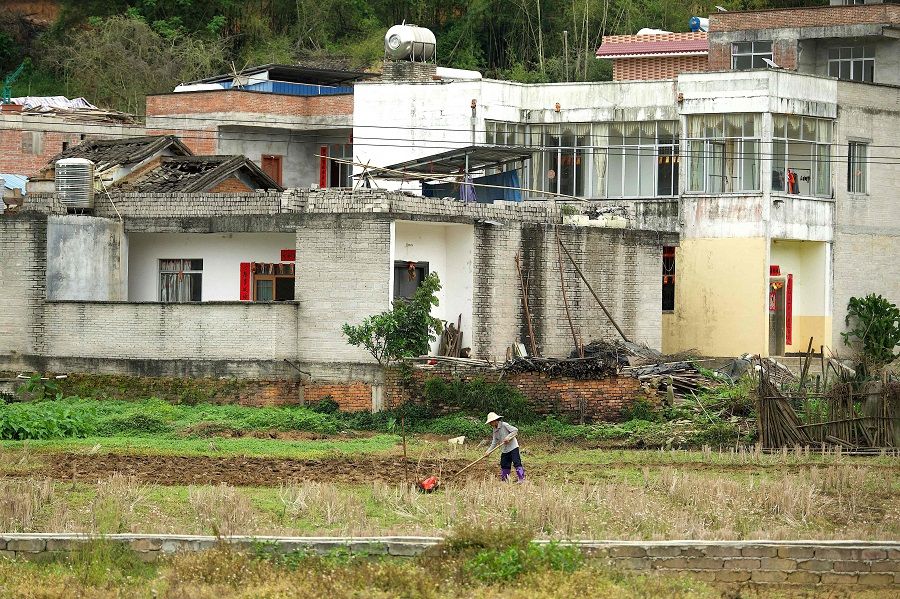
Zhang Jingjing, representative of the 13th National Congress of China and dean of the International College of Jingdezhen Ceramic University, tells Zaobao that rescuing and supporting trafficked women is the priority of China's human trafficking crackdown. Many women who were once abducted and trafficked have been unwilling to return to their hometowns.
Oftentimes, when former victims return home, they not only have to endure the pain of separating from their children but also the difficulties of making a new living. Thus, it is necessary to understand their reservations in order to provide targeted assistance.
Zhang also says that preventing the trafficking of women and children is a complex social project, and "a long and tough battle" that requires a combination of integrated measures.
William Lavely, a sociology professor and director of the East Asia Center at the University of Washington, points out that the process of having the marriage of a trafficked woman annulled is extremely complex. Grey areas exist in most bride trafficking cases and some rural communities consider marriage annulment a threat. Some families may demand compensation and child custody disputes can arise. The journey of bringing justice for these female victims will be a long and controversial one.
While the trafficking of women is an important topic discussed by the central government, it is a taboo subject that villagers avoid talking about at the local level. When I visited northern Jiangsu in March, the villagers there generally refused to talk about bride trafficking or the abduction and trafficking of women. They also evaded questions about brides from foreign provinces.
And on my way to Feng county in Xuzhou to get an understanding of the impact of the "chained mother of eight" incident, a new wave of Covid-19 infections hit the neighbouring Shandong province and all foreigners were not allowed to enter northern Jiangsu villages.

But Feng county's lockdown was a little different from other regions. Unlike towns and villages of most rural areas where checkpoints overseen by red-vested staff were set up, Feng county had a checkpoint set up on a road a dozen kilometres away from the village and was manned by nearly ten police officers.
I was asked to step out of the car to answer a few questions while the luggage in the car boot was searched. The driver's handphone was also checked.
Why was there a need to conduct a luggage search and phone check if they were only trying to contain the pandemic? Faced with my repeated questions, the police officer sternly replied, "The pandemic situation is serious. Please cooperate."
High demand driving up rural bride prices
Because rural brides are in such short supply, the bride price has skyrocketed. In the 1990s, the bride price in the Jiangsu region was merely a few thousand RMB (1,000 RMB is roughly US$156). After 2000, the bride price increased to more than 20,000 RMB. Now, on top of providing a house, families of would-be brides have to fork out a bride price ranging between a record high of 150,000 RMB and 200,000 RMB.
The "involution" (内卷, meaning irrational internal competition or "voluntary" competition) of China's rural bride prices has attracted the attention of the authorities over the past three years - since 2019, the CCP Central Committee's "No. 1 document" has annually raised the issue of soaring rural bride prices. Last year, China's Ministry of Civil Affairs officially released a list of "experimental zones", including 20 regions in Jiangsu, for reforming wedding customs.
The bride price alone is equivalent to 20 months of his salary.
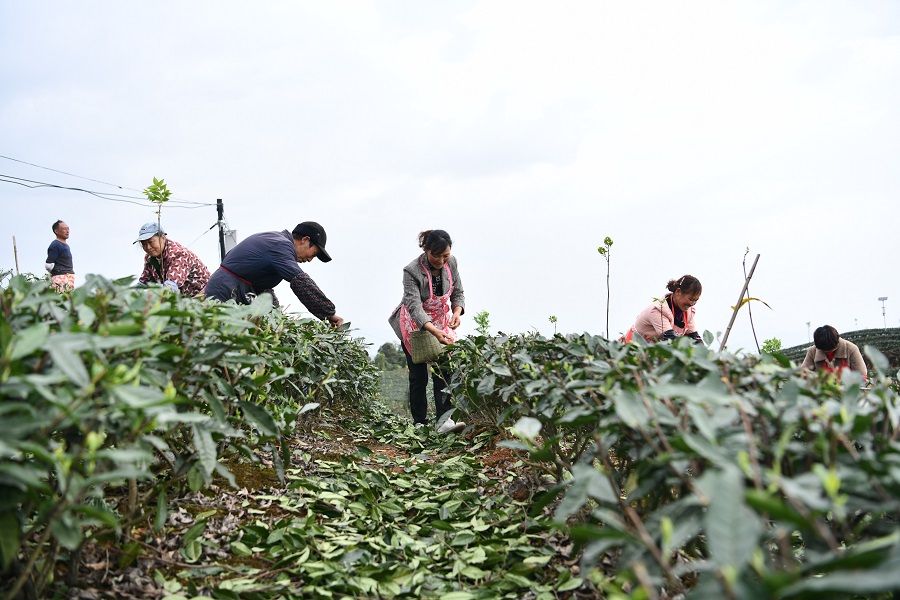
Based on price charts circulated online, the bride price in eastern China is the highest, with Jiangsu topping the list.
According to Xu, it costs around 200,000 RMB to build a house in northern Jiangsu, and if the existing house is in good condition, the groom can also choose to spend tens of thousands of dollars on renovations. On top of a bride price of 180,000 RMB, Xu also paid for renovating his house when he got married last year. The bride price alone is equivalent to 20 months of his salary.
Xu says that whether or not the bride price will be returned is "dependent on the generosity of the bride's family". Some families allow their daughters to keep the money and use it for the couple's daily needs. But other families will keep the money and use it to pay the bride price of the younger brother's wedding in future.
"Most families in my village consist of an elder sister and a younger brother, and not all families are able to pay an exorbitant bride price. Sometimes, the younger brother has to wait for his elder sister to get married and have her bride price transferred to him to pay for the bride price of his future wife," Xu explains.
This implies that the bride price may be jacked up during the transfer process, further pushing up the typical bride price.
Related: 'Leftover men' in the Chinese countryside and 'leftover women' in Chinese cities | A Singaporean in China: Can there be justice for trafficked women sold as wives? | 'The world has abandoned me': Chinese women married into slavery? | Chained mother of eight brings attention to abduction and sale of women in rural China
